Call or Text us at

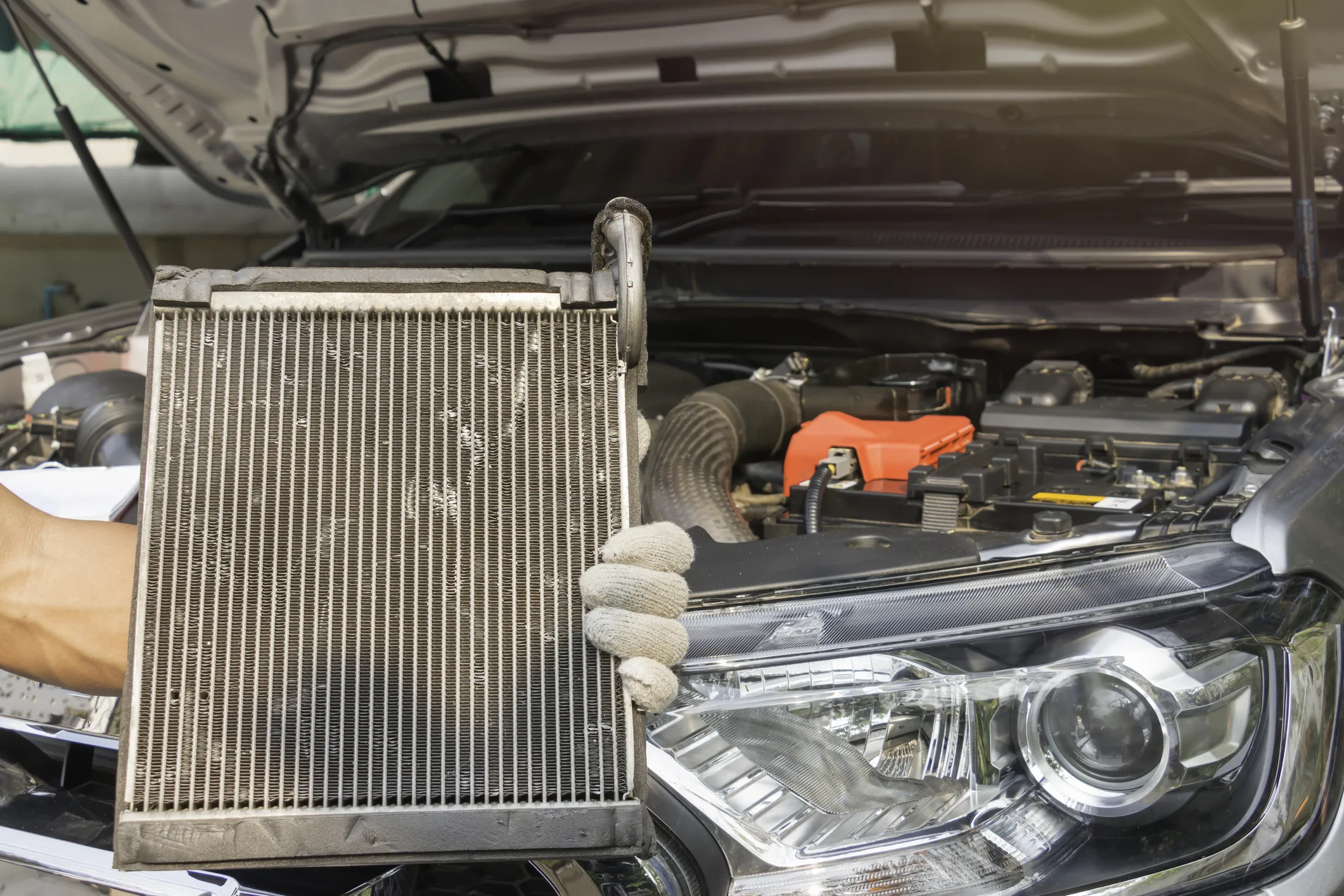
At Beach Auto Repair, our skilled technicians specialize in diagnosing and resolving
issues with your vehicle's radiator and cooling system. Whether it's overheating,
coolant leaks, or any other signs of worn-out components, our team swiftly
identifies the issue and proceeds with the necessary
services.
Overheating issues and coolant leaks can lead to engine damage and poor performance.
Our
technicians efficiently address these issues, ensuring your engine remains at the
ideal temperature and operates optimally. Dont hesitate to contact us for top-tier
radiator and
cooling system services to safeguard your vehicle's engine health and reliability.
Call or Text us at
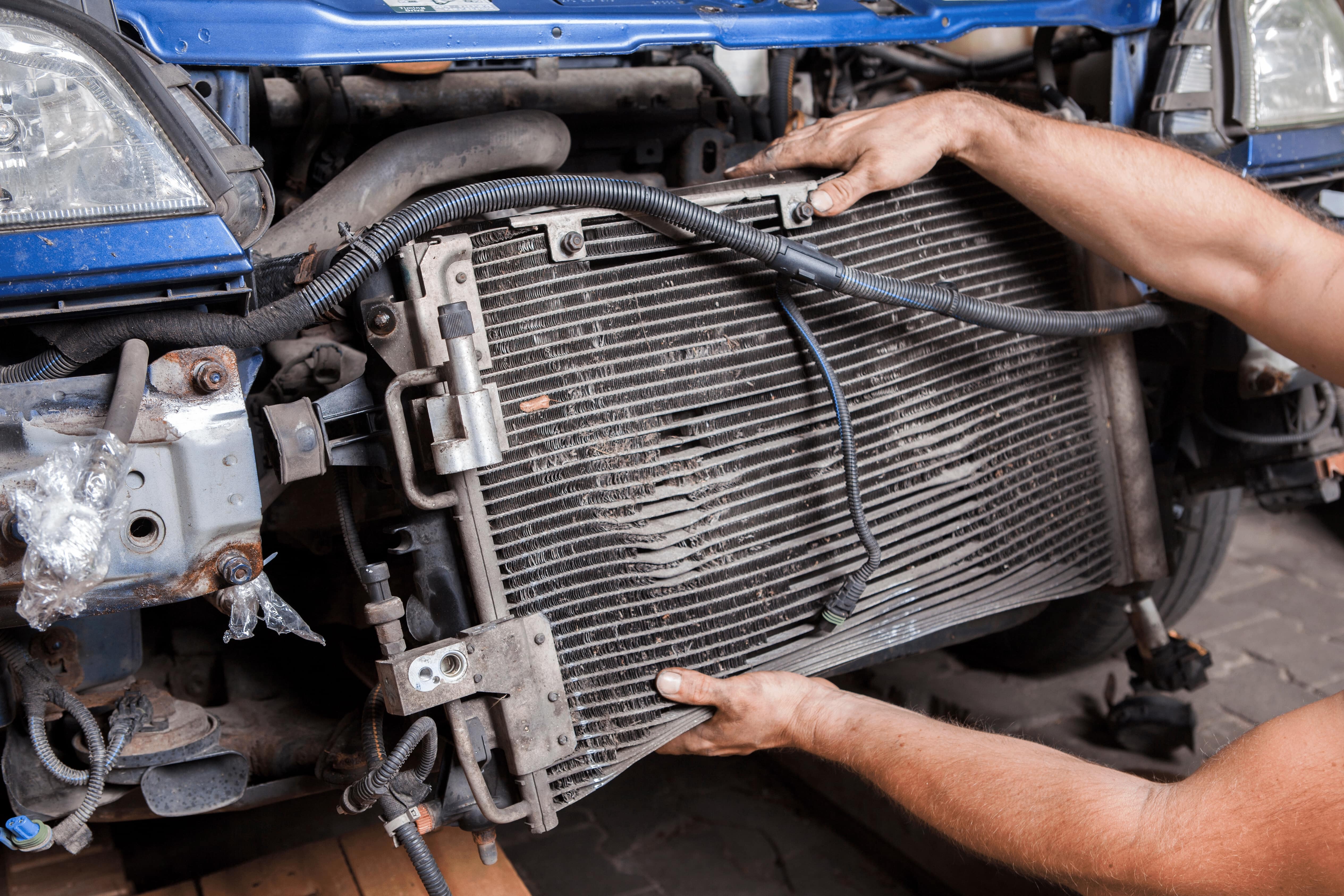
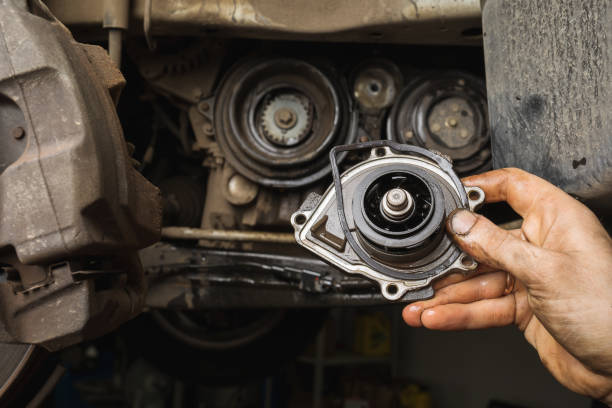
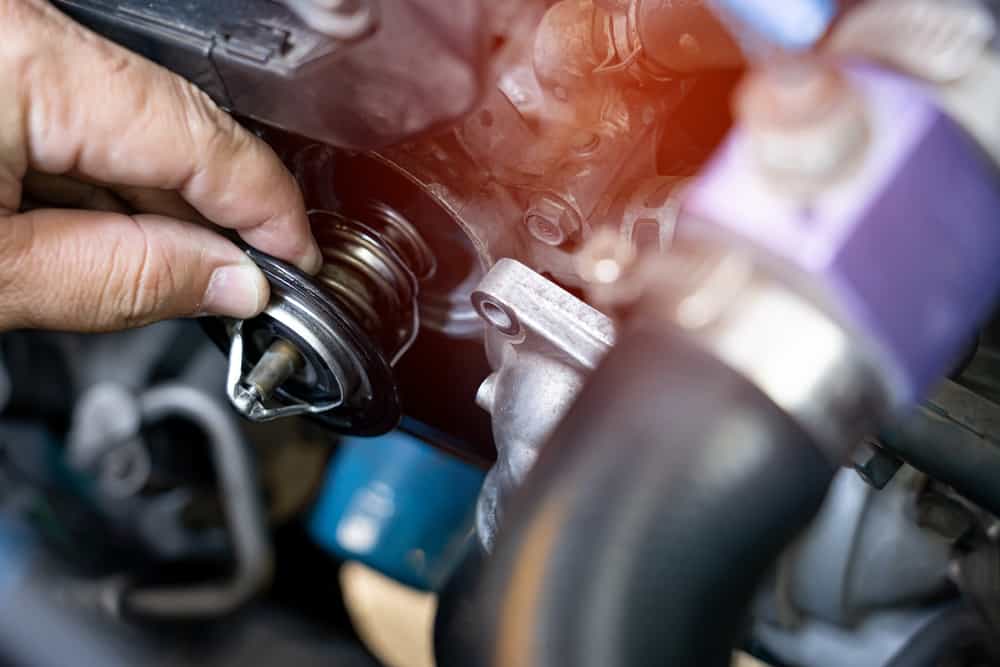
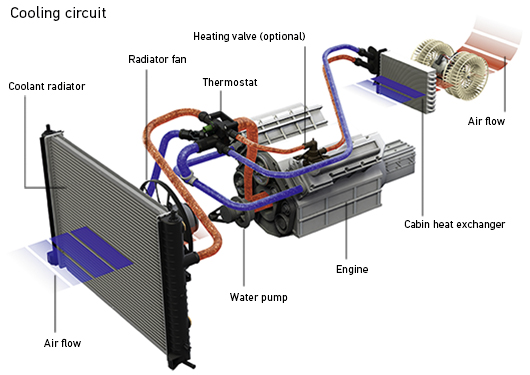
There are several key aspects to be aware of when it comes to the purpose of the radiator and cooling system in your vehicle. Here are some important points to consider:
1. Heat Dissipation: The primary purpose of the radiator and cooling system is to dissipate excess heat generated by the engine during the combustion process. The engine operates at high temperatures, and without proper cooling, it could overheat and suffer damage.
2. Circulation of Coolant: The cooling system circulates a mixture of water and coolant (antifreeze) throughout the engine and radiator. This mixture absorbs heat from the engine and carries it away to the radiator for dissipation.
3. Radiator Function: The radiator is a heat exchanger with a network of fins and tubes. As the hot coolant flows through the radiator, air passing through the fins cools it down, lowering its temperature. The cooled coolant then returns to the engine to absorb more heat.
4. Maintaining Operating Temperature: The cooling system helps maintain the engine at its optimal operating temperature. This temperature range ensures efficient combustion, proper lubrication, and minimal wear on engine components.
5. Preventing Overheating: Overheating can cause severe engine damage, including warped cylinder heads and blown head gaskets. The cooling system's main purpose is to prevent such overheating by regulating the engine's temperature.
6. Cold-Weather Protection: In cold weather, the cooling system also provides freeze protection. The antifreeze in the coolant mixture prevents the liquid from freezing, which could damage the engine and cooling system components.
7. Temperature Control: The cooling system uses a thermostat to control the flow of coolant. When the engine is cold, the thermostat remains closed, allowing the engine to warm up quickly. As the engine reaches its operating temperature, the thermostat opens, allowing coolant to flow to the radiator for cooling.
8. Cooling Fans: Many vehicles are equipped with electric cooling fans that activate when additional cooling is needed, such as in heavy traffic or during hot weather. These fans help maintain consistent engine temperatures.
9. Efficient Heat Distribution: The cooling system ensures even distribution of heat within the engine, preventing localized hotspots that can lead to engine damage.
10. Enhanced Fuel Efficiency: By maintaining the engine at its optimal temperature, the cooling system contributes to better fuel efficiency, ensuring that fuel is burned efficiently and reducing emissions.
11. Engine Longevity: Proper cooling system operation significantly extends the life of the engine and its components, saving you money on costly engine repairs and replacements in the long run.
By understanding these key points about the purpose of the radiator and cooling system in your vehicle, you can appreciate the critical role they play in maintaining engine health and preventing overheating.
There are several key aspects to be aware of when it comes to common failures of the radiator and cooling system in vehicles. Here are some important points to consider:
1. Coolant Leaks: One of the most common issues is coolant leaks. Leaks can occur due to damaged hoses, a cracked radiator, a faulty water pump, or corroded gaskets and seals. Coolant leaks can lead to overheating and engine damage if not addressed promptly.
2. Overheating: Overheating is a serious problem that can result from various cooling system failures. It can be caused by a malfunctioning thermostat, a failing water pump, a clogged radiator, or a coolant leak. Overheating can lead to engine damage and should be addressed immediately.
3. Radiator Damage: Radiators can suffer damage from impacts, corrosion, or clogs in the cooling fins. A damaged radiator may not effectively dissipate heat, leading to overheating. Regular inspections can help identify radiator issues early.
4. Thermostat Failure: The thermostat is responsible for regulating the flow of coolant. When it fails, it can get stuck in the closed position, preventing coolant from flowing and causing overheating. Alternatively, it can become stuck open, which may result in poor engine performance and reduced fuel efficiency.
5. Water Pump Issues: The water pump circulates coolant through the cooling system. If the water pump fails, coolant won't flow properly, leading to overheating. Common water pump issues include leaks, bearing failure, and impeller damage.
6. Clogged Radiator or Cooling Fins: Over time, radiators and cooling fins can become clogged with debris, dirt, and contaminants. This reduces their ability to dissipate heat efficiently. Regular cleaning or radiator flushing can help prevent clogs.
7. Hose Failures: Cooling system hoses can deteriorate over time, leading to leaks or hose bursts. Inspect hoses for signs of wear, cracking, or soft spots, and replace them if needed.
8. Coolant Contamination: Contaminants or air bubbles in the coolant can lead to reduced cooling efficiency. Regular coolant flushes and using the correct coolant type are essential to prevent contamination.
9. Electric Cooling Fan Issues: Vehicles with electric cooling fans may experience fan motor failures or issues with the fan relay or temperature sensor. When the cooling fan doesn't function correctly, the engine can overheat in traffic or at low speeds.
10. Rust and Corrosion: Over time, the cooling system's metal components can corrode, leading to blockages and coolant leaks. Using the recommended coolant and performing regular coolant changes can help prevent corrosion.
11. Pressure Cap Problems: The radiator pressure cap maintains the correct pressure in the cooling system. A faulty pressure cap can result in coolant loss or overheating. Inspect and replace the pressure cap as needed.
12. Air Pocket Formation: Improper bleeding or filling of the cooling system can result in air pockets, which can hinder coolant flow and lead to overheating. It's essential to follow the manufacturer's guidelines when refilling the cooling system.
By understanding these key points about common failures of the radiator and cooling system in vehicles, you can recognize signs of trouble early, address issues promptly, and ensure that your vehicle's engine stays properly cooled and protected from overheating and damage.
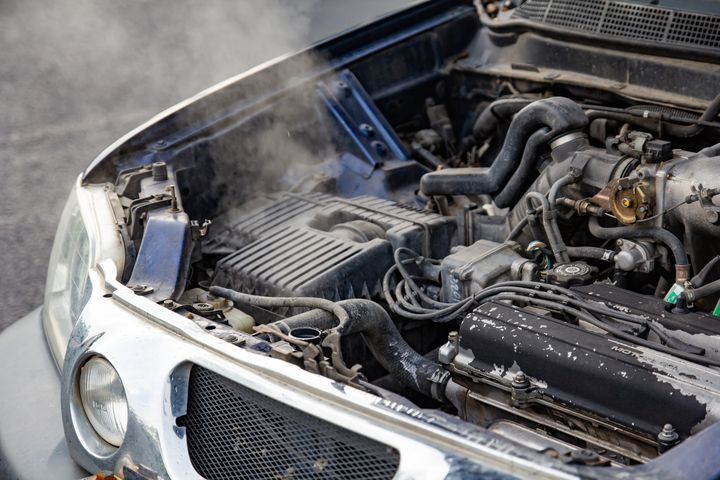
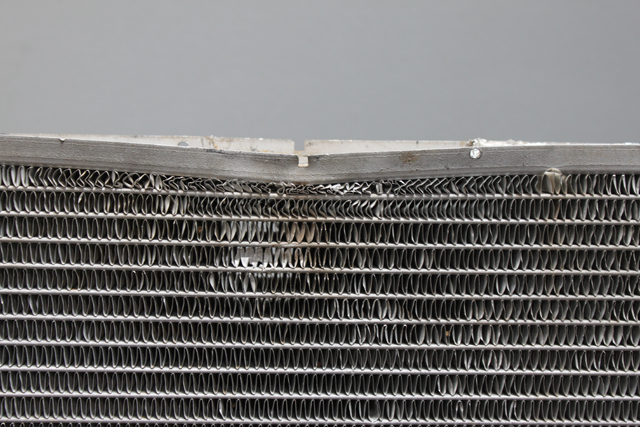
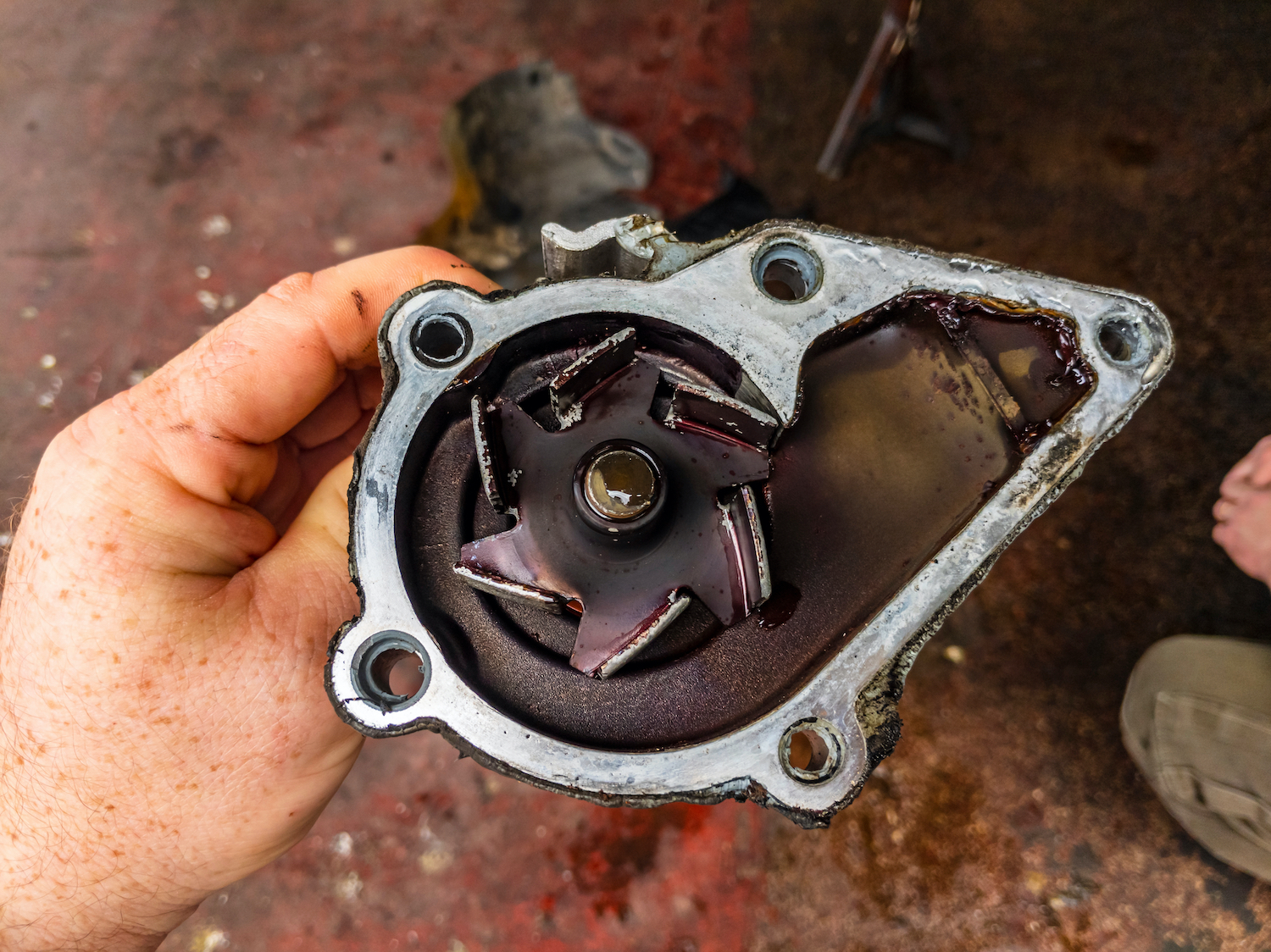
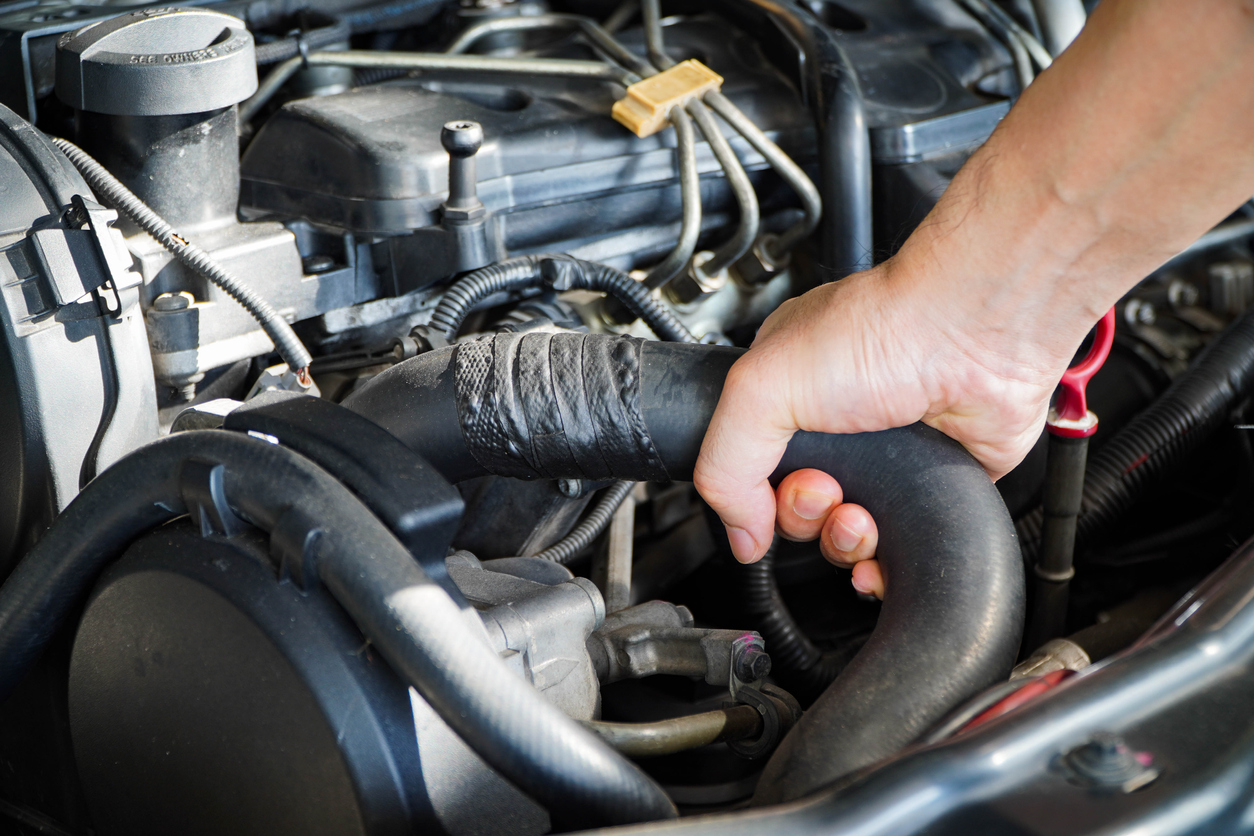
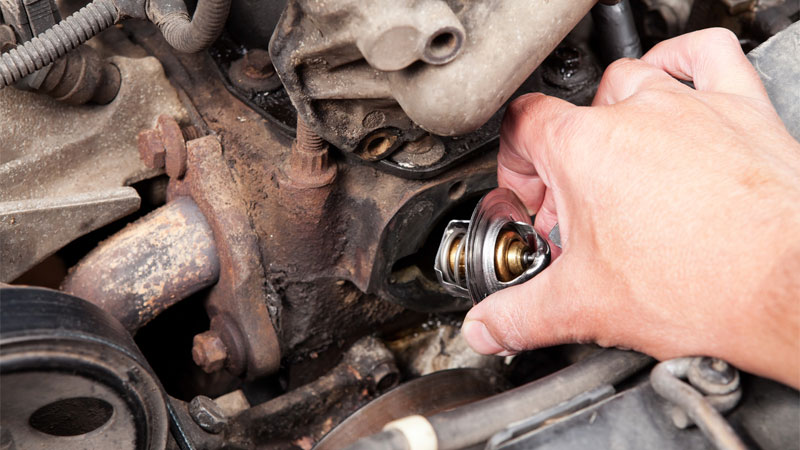
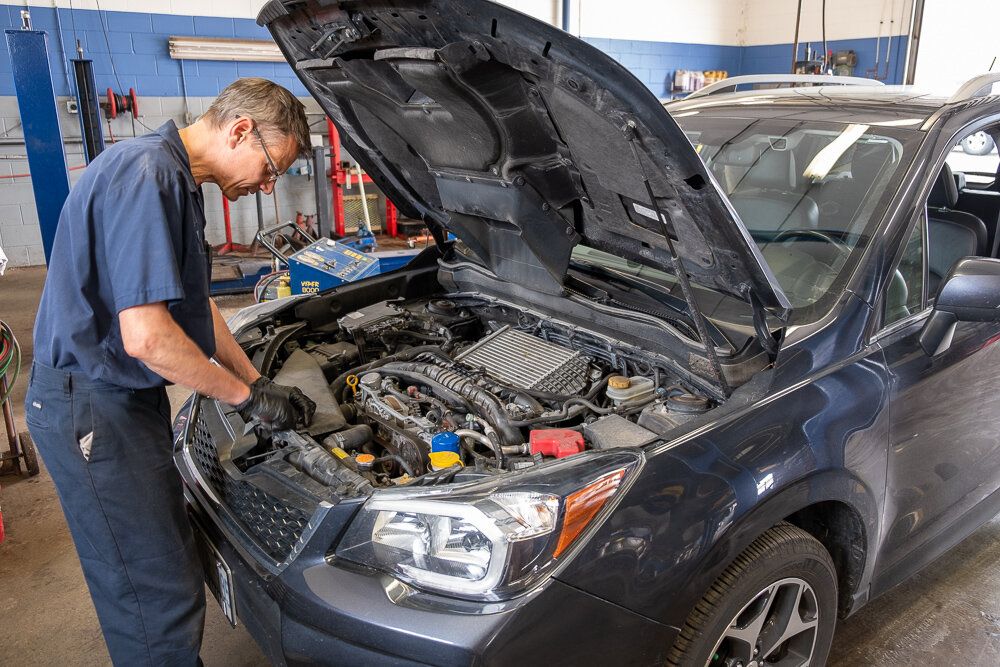
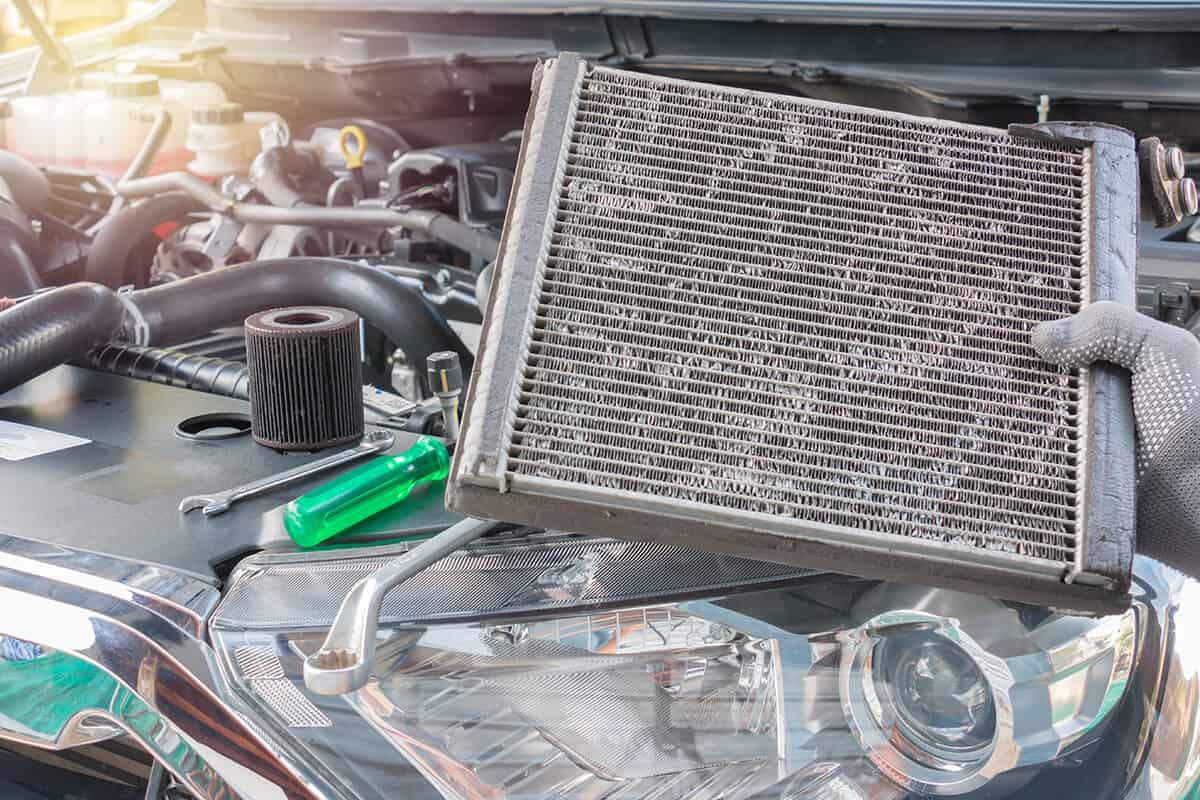
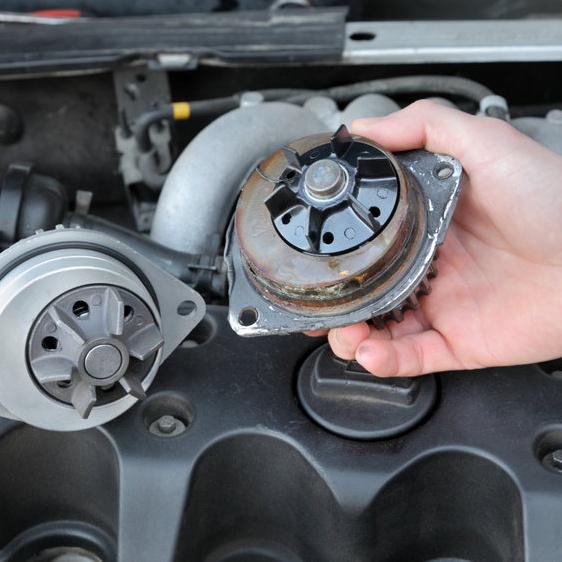
.jpeg)
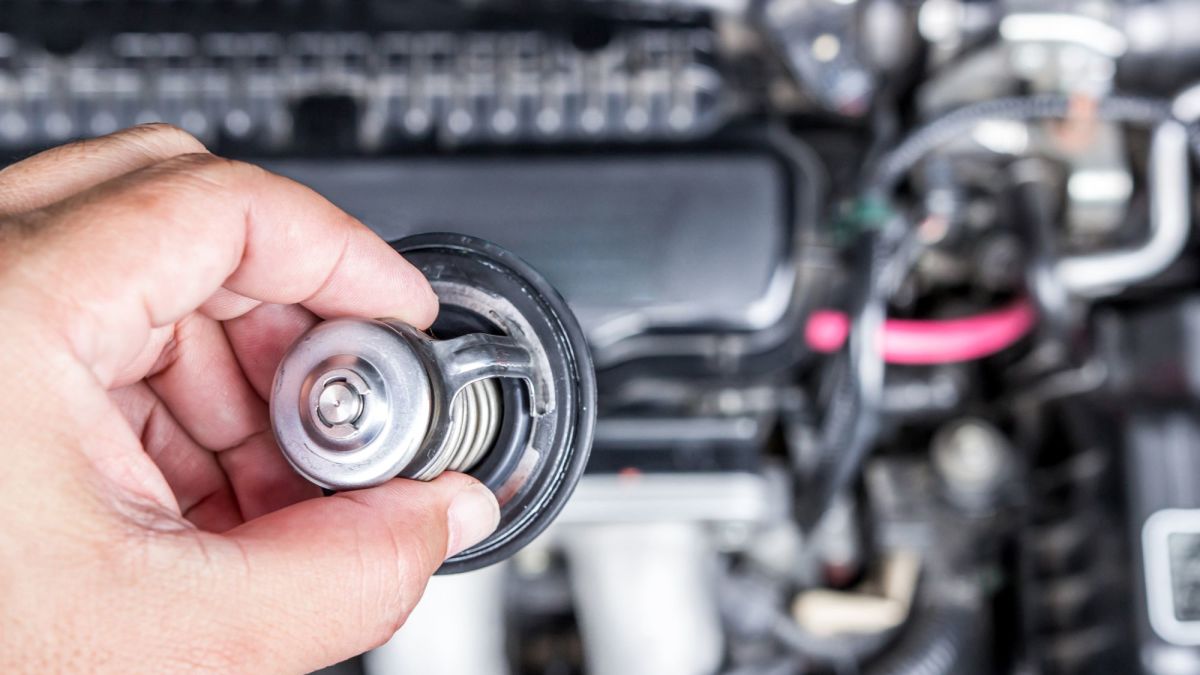
There are several key aspects to be aware of when it comes to servicing your vehicle's radiator and cooling system. Here are some important points to consider:
1. Regular Inspections: It's crucial to perform regular inspections of the radiator and cooling system components. Check for coolant leaks, damaged hoses, radiator corrosion, and worn or loose belts. Early detection of issues can prevent more extensive and costly repairs.
2. Coolant Level Maintenance: Monitor the coolant level in the coolant reservoir (overflow tank) and ensure it stays within the recommended range. If the level drops consistently, it may indicate a leak or other cooling system problem.
3. Coolant Flush: Periodically, the coolant should be flushed and replaced according to the manufacturer's recommendations. Over time, coolant can become contaminated and lose its effectiveness. Flushing the system removes old coolant and contaminants, helping to maintain proper cooling efficiency.
4. Choosing the Right Coolant: Use the correct type of coolant recommended by the vehicle manufacturer. There are various coolant formulations, including ethylene glycol and propylene glycol-based coolants, each designed for specific engine materials and cooling system requirements.
5. Inspecting Hoses and Belts: Cooling system hoses and drive belts are critical components. Check hoses for signs of wear, cracking, or soft spots. Replace any damaged hoses promptly. Similarly, inspect drive belts for wear and tension. Worn belts can lead to water pump failure and overheating.
6. Radiator Cleaning: Over time, radiators and cooling fins can accumulate dirt and debris, reducing their efficiency. Periodically clean the radiator and cooling fins using compressed air, a soft brush, or specialized radiator cleaning products to ensure proper heat dissipation.
7. Pressure Testing: Pressure testing the cooling system helps identify leaks, pressure cap issues, and weak spots in hoses or the radiator. A professional technician can perform this test to ensure the system is holding pressure within its specified range.
8. Thermostat Replacement: The thermostat plays a crucial role in regulating coolant flow. If it fails, it can lead to overheating or poor engine performance. Replace the thermostat as recommended by the manufacturer or if it shows signs of malfunction.
9. Water Pump Inspection: Regularly inspect the water pump for leaks and wear. A failing water pump can cause coolant circulation problems, leading to overheating. Replace the water pump if needed or according to the manufacturer's maintenance schedule.
10. Electric Cooling Fan Check: If your vehicle has an electric cooling fan, ensure it operates correctly. Test the fan by running the engine and observing whether it engages at the appropriate temperature. Replace the fan motor, relay, or sensor if any issues are detected.
11. Bleeding the System: After servicing the cooling system or performing a coolant change, it's important to properly bleed any trapped air from the system. Air pockets can hinder coolant flow and lead to overheating.
12. Professional Service: While some cooling system maintenance tasks can be performed by DIY enthusiasts, comprehensive service and diagnostic tasks are best left to trained technicians. They have the expertise and equipment to ensure the cooling system operates correctly.
By understanding these key points and staying proactive in maintaining your vehicle's radiator and cooling system, you can prevent overheating, coolant leaks, and other cooling system issues.
Let us know how we can help.